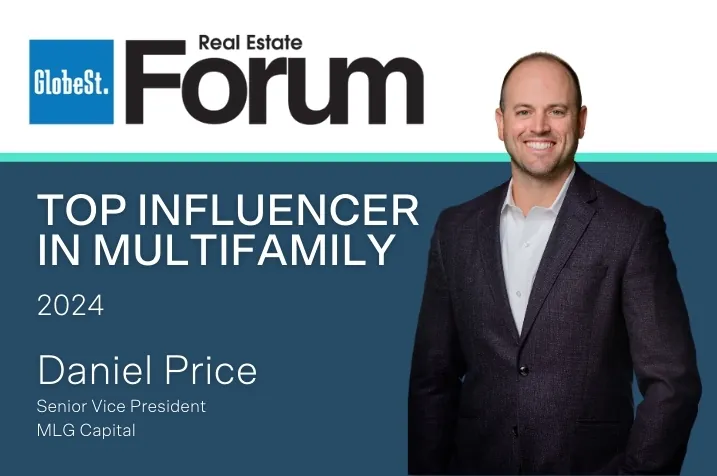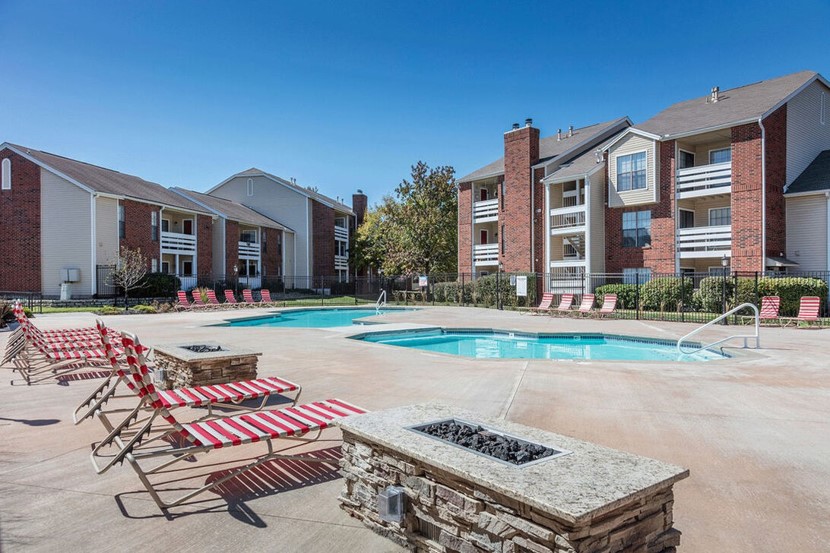In the current market landscape, we have outlined three compelling reasons why now is a favorable time to consider an investment in our diversified private real estate fund. Disruption breeds opportunity and uncertainty creates volatility. Investing during these periods of time are when outsized returns could be achieved.
Limited Competition on the Buyside:
- Over the past two years, we have witnessed a unique convergence of events that has created an unprecedented opportunity in the real estate market resulting in less competition and capital flows into all commercial real estate investments.
- Institutional capital, adhering to strict asset allocation models, are redirecting capital into bonds due to the significant fall in bond prices caused by a surge in interest rates.
- Syndicators have found capital raising more challenging in the current environment often due to struggles within their existing portfolio from short term floating rate debt combined with higher leverage, further reducing buyside competition.
- This has resulted in a scarcity of fresh capital on the buyside, creating an environment with the lowest competition in decades. Invest now before capital begins to flow back into our favored sectors later in 2024.
Focused Strategy on High-Quality Multifamily Assets:
- In today’s marketplace, limited competition allows MLG to move-up the quality spectrum to acquire higher-quality institutional-grade multifamily assets in better locations, but at lower prices and higher cap rates than the last few years.
- MLG expects cap rates to crest in the first half of 2024 but anticipate cap rates to fall in the second half of 2024 based on increase capital flows. Those capital flows will increase in large part due to the stability of interest rates after multiple Fed rates cuts expected throughout the year.
- Much of the increased capital flows will target the most attractive commercial real estate sectors, multifamily and industrial, which are MLG’s two primary asset classes.
Attractive Opportunity in Targeted Submarkets
- MLG primarily targets assets in the Sunbelt and Midwest. Both regions will offer great acquisition opportunities in 2024 and beyond.
- The Sunbelt has and is expected to receive a larger share of new supply compared to their existing inventories, combined with outsized demand. However, several merchant developers will need sales in the next few years as their loans mature or their equity partners seek an exit. Some markets with excess supply will create great buying opportunities at an attractive basis which we expect to be a short-term challenge as these new deliveries lease-up and compete with other new properties.
- The Midwest, as is often common, is a steadier and more stable performer that doesn’t see the high and low swings of other markets and regions. We expect to acquire assets that exhibit continued steady positive rent growth (i.e. demand and supply more in check) while structuring those deals with positive leverage while cap rates remain higher in the near term.
In conclusion, we believe that all investors should continue to allocate investment into real estate through all cycles. Timing markets is not a sound long-term investment strategy but investing with a proven sponsor such as MLG through market cycles within real estate sectors that have attractive long-term fundamentals, and pairing those investments with a conservative debt approach, is a good strategy. In addition, the current recovery in the stock market presents an opportune time to reallocate capital to private real estate and an investment in MLG’s Fund VI.

Dan Price is Senior Vice President at MLG Capital. He focuses on acquisitions, sits on MLGs Investment Committee, Operations Committee and leads deal acquisitions across the Midwest.
To connect with us on MLG offerings, please inquire here.
The author, MLG Capital, its representatives, employees, officer, directors, members, respective partners, agents and its affiliates (“MLG”) do not represent any recipients of this article (“Recipients”) and all statements made by MLG shall not be considered investment, tax or legal advice. Recipients shall consult with their own investment, tax or legal professional regarding their personal financial and tax situation and its relation to the information presented in this article. This article does not constitute an offer or solicitation in any state or other jurisdiction to subscribe for or purchase limited partnership interests in an offering. An investment into a private offering is subject to various risks, none of which are described herein. Recipients of this article agree that MLG shall have no liability for any misstatement or omission of fact or for any opinion expressed herein.



